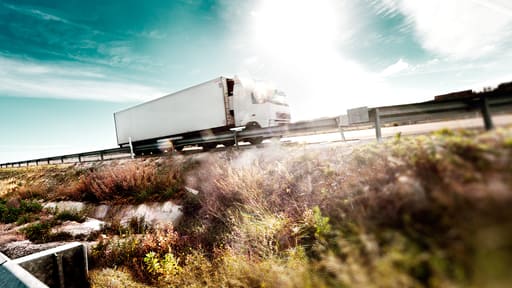
Definition
A semi tractor, also known as a semi-trailer truck or articulated lorry, is a large commercial vehicle used for transporting goods. It consists of a tractor unit, also known as a cab or engine, and a semi-trailer attached to the rear of the tractor unit.
Features
- Tractor Unit: The tractor unit is the front part of the semi tractor and is responsible for providing the power and control for the entire vehicle. It usually has a powerful diesel engine, multiple axles, and a spacious cab for the driver.
- Semi-Trailer: The semi-trailer is the rear part of the semi tractor and is attached to the tractor unit using a fifth wheel coupling. It is designed to carry large and heavy loads and is supported by multiple axles.
- Maximum Weight and Size: In the EU, the maximum weight of a semi tractor and its load is limited to 40 tonnes, and the maximum length is 16.5 meters.
- Regulations: Semi tractors in the EU must comply with strict regulations regarding vehicle dimensions, weight, and emissions. They must also undergo regular inspections to ensure they are safe for use on the roads.
Uses
Semi tractors are primarily used for long-distance transportation of goods. They are commonly used in the logistics and transportation industry for delivering goods to different parts of the country or even across borders.
Advantages
- Efficiency: Semi tractors are designed to carry heavy loads, making them an efficient mode of transportation for large quantities of goods.
- Cost-effective: As semi tractors can carry a large amount of goods in one trip, they are a cost-effective option for transportation, reducing the number of trips needed to transport goods.
- Flexibility: Semi tractors can be used for various types of cargo, including refrigerated goods, dry goods, and even hazardous materials.
Conclusion
Semi tractors are an essential part of the transportation industry in the EU, providing a reliable and efficient means of transporting goods across long distances. With their powerful engines, large load capacity, and strict regulations, they play a crucial role in the economy and supply chain of the region.